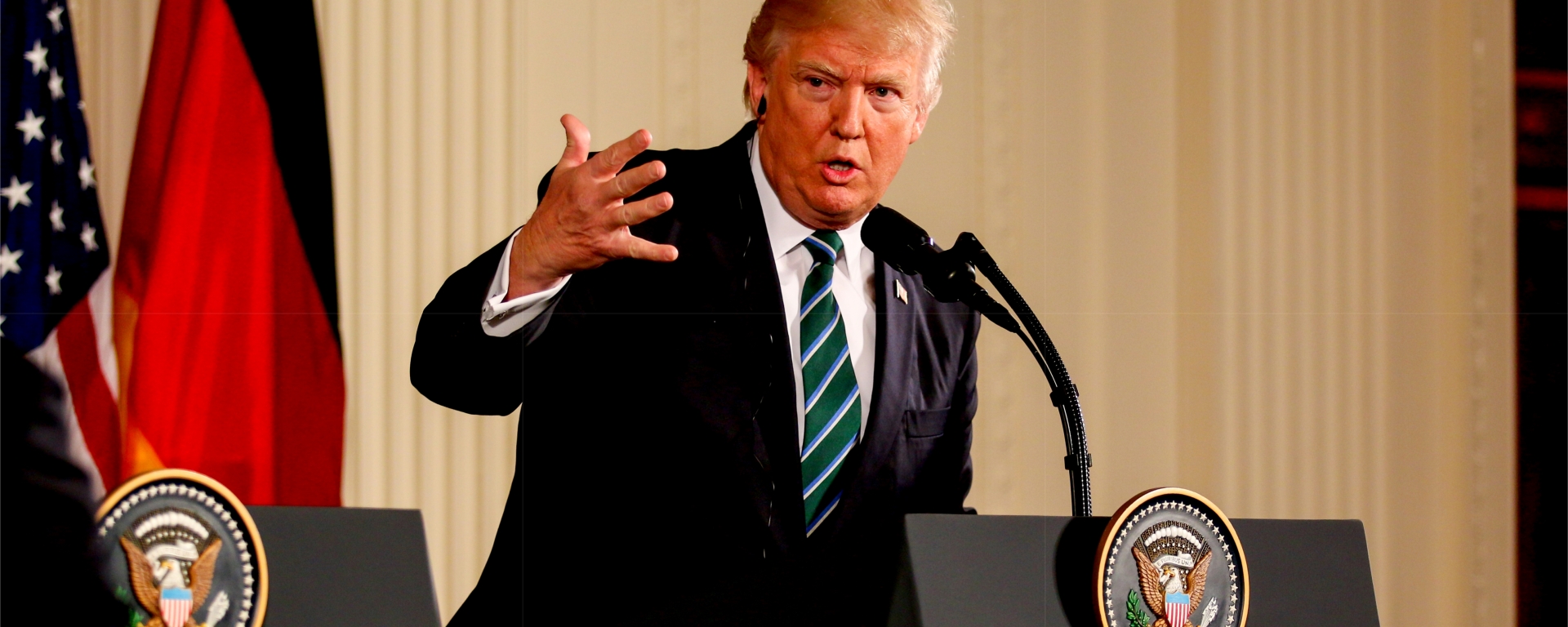Since Trump’s election to the White House in late 2016, the stock market has risen over 30% as part of one of the longest and most consistent bull markets in US equity history. The Dow Jones broke numerous records, first breaking the 20,000 point mark and then reaching an all-time high of 26,800 in September 2018. However, since that point, the stock markets have been increasingly uncertain.
In December, the Dow Jones dropped nearly 16% from its intramonth range; all 3 major US indices either neared or entered bear market territory, as investor confidence waned and fear of a worldwide economic slowdown gripped the world. Comparatively, January saw a fantastic recovery, with the Dow Jones recovering nearly 15% in its strongest performing January in history. So, which month tells the truth about the US economic market? Is there really an economic slowdown or was this just a blip in an ongoing bull market?
One must say that December was a perfect storm of macro-economic factors coming together to create massive market fear, both in equity and bond markets. Weak economic data from China along with failing trade talks had a large impact on equities. Indeed, Apple’s profit warning at the start of January, adding to their 35% slide since their August high, was the icing on the cake for a feared economic slowdown.
It was not only abroad that there were problems. A calamitous Fed meeting in mid-December, in which they continued interest rate hikes to 2.25-2.5% and in the process infuriated Trump, along with a continued strategy of quantitative tightening (QT), did nothing to console the market but instead added to its slide. The bond market had a similarly disconcerting December, with Fed policy leading US government bonds to near an inverted yield curve – this is where the yield on short term bonds is higher than those on long term bonds.
It is primarily caused by tight Fed policy and low investor confidence in the short term economy (investors view short term as riskier and so these bonds have a higher yield). Most scary is that it often predicts a recession and many of the most recent recessions have been preceded by an inverted yield curve. Banking stocks have been particularly hard hit by these government factors. Thus, December was a culmination of all things markets fear, with global growth slowdowns and a hawkish Fed.
However, January has been a completely different story. The market has shrugged off continuing poor data from China, the longest government shutdown in US history and an uncertain economic forum in Davos to see its best January in history. This is in no part due to some very important and reassuring data back home in the US. The US Treasury released jobs data revealing more jobs created last year than since 1997 and a whopping 312,000 jobs created in December alone – beating analysts’ expectations by nearly 90%.
Similarly, strong manufacturing reports were also revealed. The Fed added to this excellent macro news by promising to be patient with rate rises and QT, and there was some progress in US-China trade talks. A strong earnings season in the last week – with nearly 70% of companies beating analysts’ expectations as in previous years – has added to improved confidence. Some big names like Facebook (FB) and Apple (AAPL) added 10% to their share price that week after strong Q1s. Apple, for example, despite losing sales on its iPhones as expected, increased its revenue from services by 15%.
If Trump and the Fed can complete trade talks and support the market with suitable rate hikes and QT, 2019 may see a continuation of the bull market that has been running since the recession. Otherwise, we could be in for a bumpy ride.

